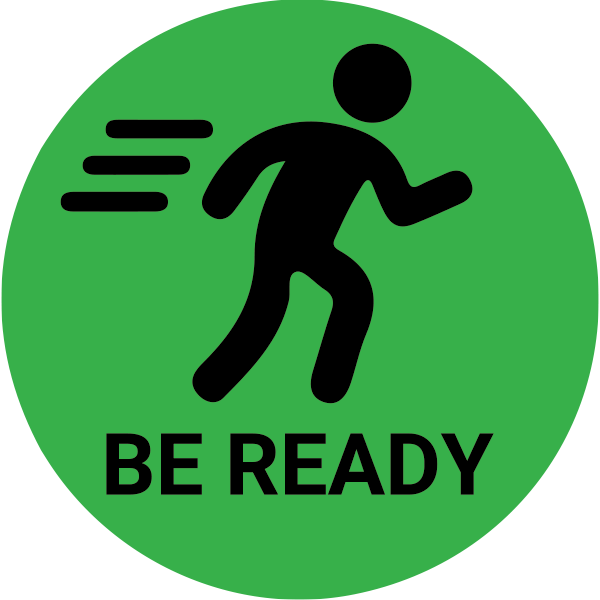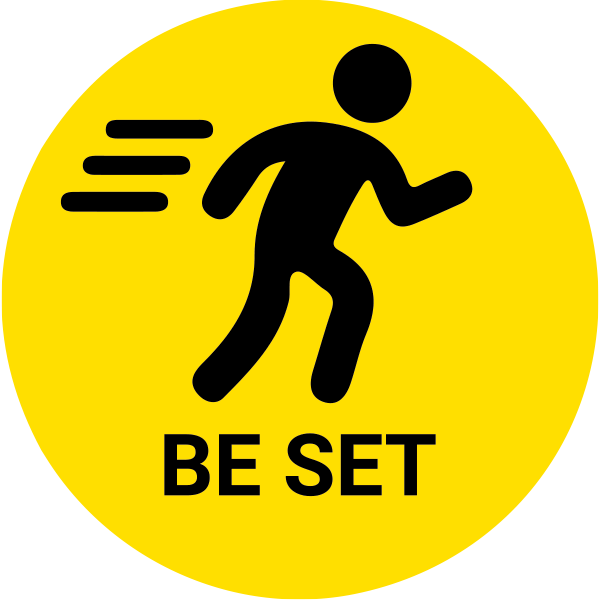Wildfire season is here and we have already seen a small wildland fire in Clackamas County.
Taking steps now can prepare you, your family, friends, and community to react to a wildfire that could threaten your home or community.

Sign up to receive life-saving alerts
- Sign up for Public Alerts to ensure receive notifications about evacuations and other emergencies.
- Make sure your cell phone is set up to receive emergency alerts. This may include turning on your location setting.

Develop your emergency plan
Make a plan with your loved ones on what you will do during an emergency. Write your plan down and practice it.
- Agree on several meeting places
- Pick local and out-of-area contacts
- Update emergency contacts
- Consider the needs of children, older adults, and people living with disabilities
- Plan for your animals and livestock

Defend your home
Give your home a better chance of surviving a wildfire by slowing the spread of wildfire. Create a buffer, called a defensible space, between your home, other buildings, and the grass, trees, shrubs, and other wildland that surrounds your home. Clackamas Fire District recommends the following:
Within 0–30 feet around your home or to property line
- Remove all dead plants, grass, and leaves
- Trim trees – keep branches a minimum of 10 feet from other trees
- Remove vegetation and other items that can catch fire from and around decks
Within 30–100 feet around your home or to property line
- Cut or mow grass to a maximum of four inches
- Create horizontal spacing between shrubs and trees
- Create vertical spacing between grass, shrubs, and trees

Know the evacuation levels
Be prepared for evacuations at any moment and respond to varying evacuation levels. If a wildfire is close by, you may not have any notice to leave. Here are the evacuation levels:

Level 1: Be Ready
Be aware, prepare and stay informed. This is the time to prepare and be ready to evacuate. Older adults, people with special needs, or mobile property owners should take action early. Consider moving pets and livestock early.

Level 2: Be Set
Be ready to leave with little notice and relocate to a safe place outside of the affected area. You will have limited time to gather necessary items and it may become unsafe to do so.

Level 3: GO!
Evacuate now! Leave immediately! It is unsafe for you to stay in the area. This will be the last notice you receive until officials declare it is safe to return to the area.

Pack an emergency and evacuation kit
If you are required to evacuate, you may be required to survive on your own for several days. This means having your own food, water, and other supplies to last at least 14 days. Store this kit in an easy-to-access location in case you need to evacuate with little to no notice.
Items to include in your kit:
- Food and water
- Flashlight
- First aid kit
- Extra batteries and chargers
- Personal hygiene items
- Medications
- Eyeglasses
- Clothing
- Pet food
- Cash and credit cards
- Important documents such as passports and birth certificates
- Manual can opener
- Battery-powered or hand-crank radio
- Local maps
 Translate
Translate





